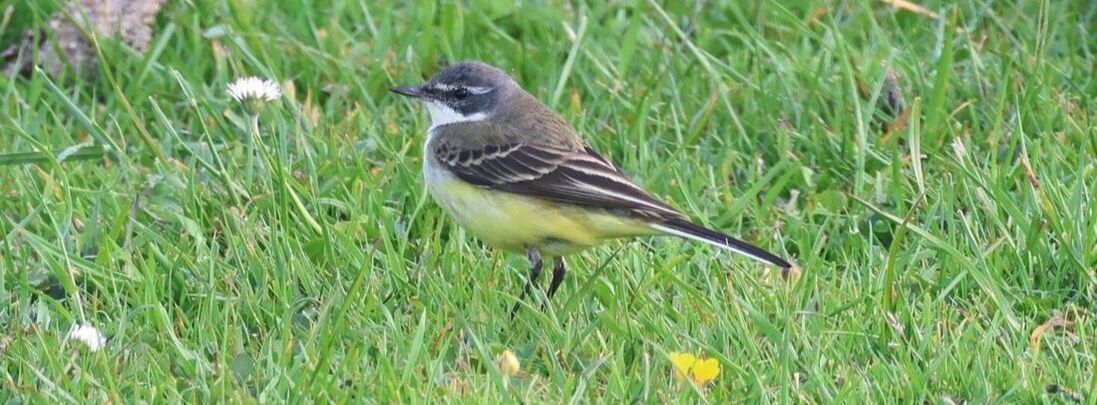|
Yellow Wagtail is, sadly, now a rare breeding species in North Wales, but small numbers pass through on migration, including distinctive forms that breed elsewhere in Europe. Identification can be a challenge, however, especially as hybrids are not uncommon. A Grey-headed (Yellow) Wagtail, en route to Scandinavia, was at Morfa Nefyn earlier in the month, identified following a post on social media. Another visited Cemlyn last week, along with a Blue-headed bird from central Europe, plus Little Gull, Tree Sparrow and Hen Harrier. Other sightings include Wood Sandpipers near Chwilog and RSPB Burton Mere Wetlands, Turtle Dove at Silver Bay, near Rhoscolyn, 59 Spotted Flycatchers on Bardsey, and a Black Kite reported over Esclusham Mountain, near Wrexham.
Bird sightings collected by volunteers over the last 50 years and collated by the British Trust for Ornithology show how populations have changed. The headline is pretty stark: the UK is home to a net 73 million fewer breeding birds than in 1970. The total declined from 232 million birds to 159 million. The total losses - of species such as Skylark and Yellowhammer - are actually greater, because they are partly offset by increases in species such as Wren and colonising species such as Cetti's Warbler. Visit Birds on your Doorstep, enter a postcode and call up a summary of changes in that 10-km square. In the coming weeks, thanks to Dr Simon Gillings at BTO, I’ll pick out some of the key findings in North Wales. Where in the region are the most bird species recorded? Perhaps it’s no surprise that it is coastal headlands and islands, which attract migrant birds and birders in equal measure. Ynys Enlli/Bardsey, Uwchmynydd and Aberdaron is the top-scoring grid square, with 257 species in the last 10 years – 40% of the total ever recorded in Britain. Squares SH39 on the north Anglesey coast, including Cemlyn, has recorded 240 species and the north of Holy Island, with 236, is close behind, containing well-watched sites such as RSPB South Stack and Beddmanarch Bay. More results from Birds on your Doorstep will be published here in the coming weeks...
1 Comment
Leave a Reply. |
Bird notesA weekly update of bird sightings and news from North Wales, published in The Daily Post every Thursday. Archives
July 2024
Categories |

 RSS Feed
RSS Feed
